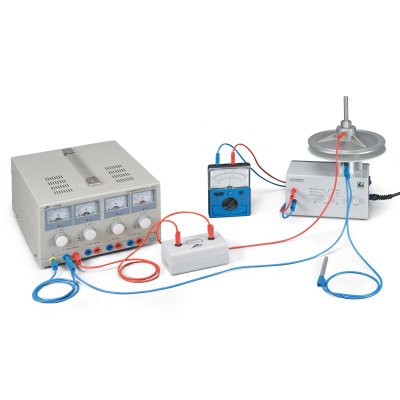Difference Between Electric and Magnetic Fields

The area that encompasses an electric billed particle has a property that is referred to as a powered or electric field. This puts a force on other charges and electric charged fields. Faraday was the first to introduce the concept of an electric field. An electric field is indicated in Newtons per Coulomb in Standard International Units. It is also equivalent to volts per gauge. Field durability, at a given factor, is described as the power that is applied, with a positive test charge of +1 coulomb place, at that certain position. There is no way to measure electric durability without finding the charge effect on a particular particle, because it requires one to know when it comes to an electric field.
Instructions
-
1
An electric field is regarded as a vector quantity. The durability of such area is related to electrical pressure called current and the power is carried through space from one charge to the other.
-
2
When the charge is shifting, it does not only have a power field, but a permanent magnetic field as well. This is why power and permanent magnetic field are always related to each other. Electric and magnetic fields have some differences but they also have a few characteristics in common. Electromagnetic is a phenomenon that has resulted from these two quantities.
-
3
Charges moving in the same route produce electricity. As was previously mentioned, when charges shifts it create a permanent magnetic power. Thus, when there is electricity, there is a permanent magnetic area present. The permanent magnetic field’s durability is indicated in Gauss (G) or Nikola Tesla (T).
-
4
Magnetic components have permanent magnetic areas around them, which are regarded natural. Magnetic fields are recognised due to the power they apply on permanent magnetic components and other shifting power expenses. The permanent magnetic area is also regarded as a vector field, as it has a specific scale and magnitude.
-
5
An electric field has a power proportionate to the amount of electrical powered cost within the area and the power is towards the electrical powered area. On the other hand, power of the permanent magnetic area is proportionate to the electrical powered cost as well, but also considers the speed of the shifting cost. The permanent magnetic power is vertical with respect to the permanent magnetic area and the route of the shifting cost.







